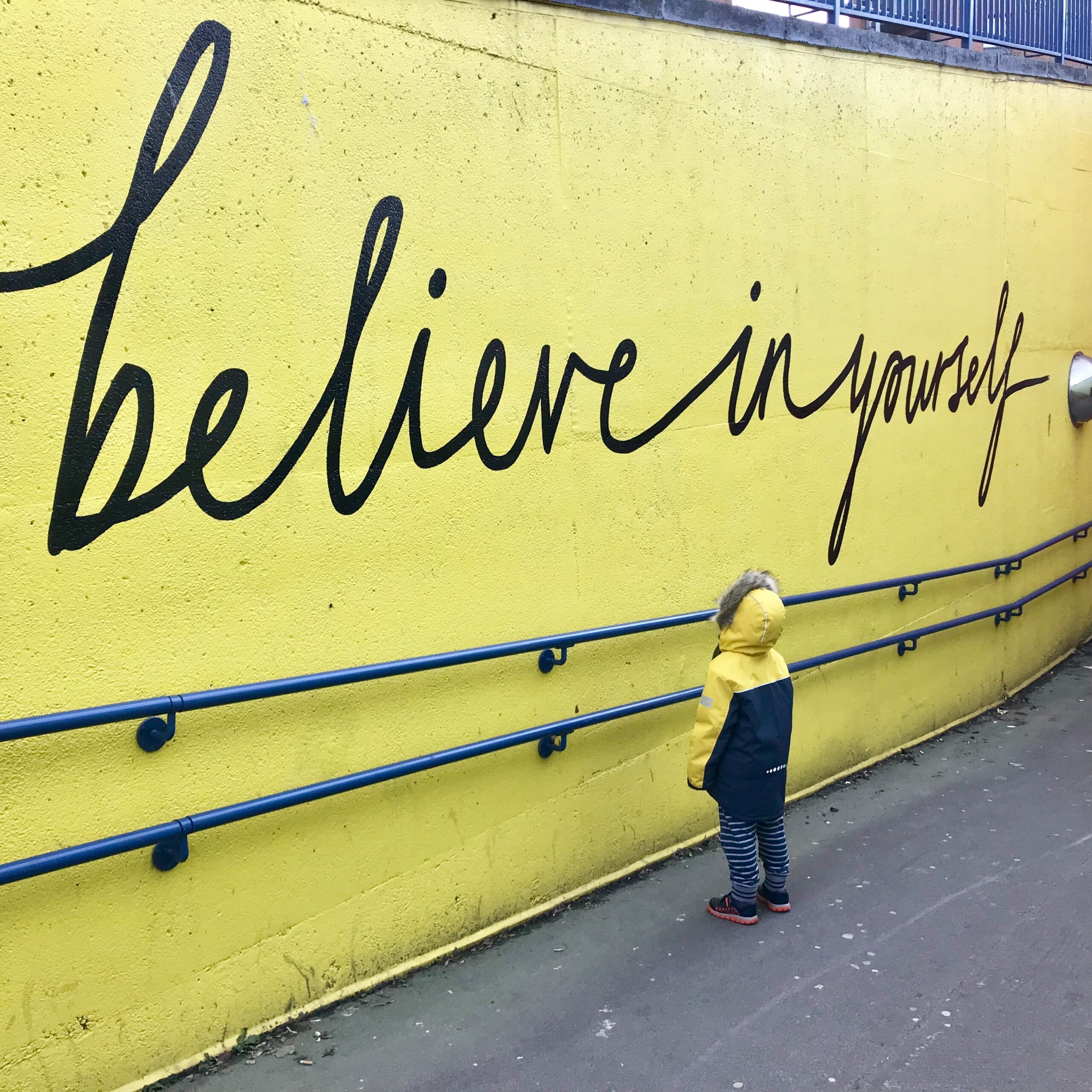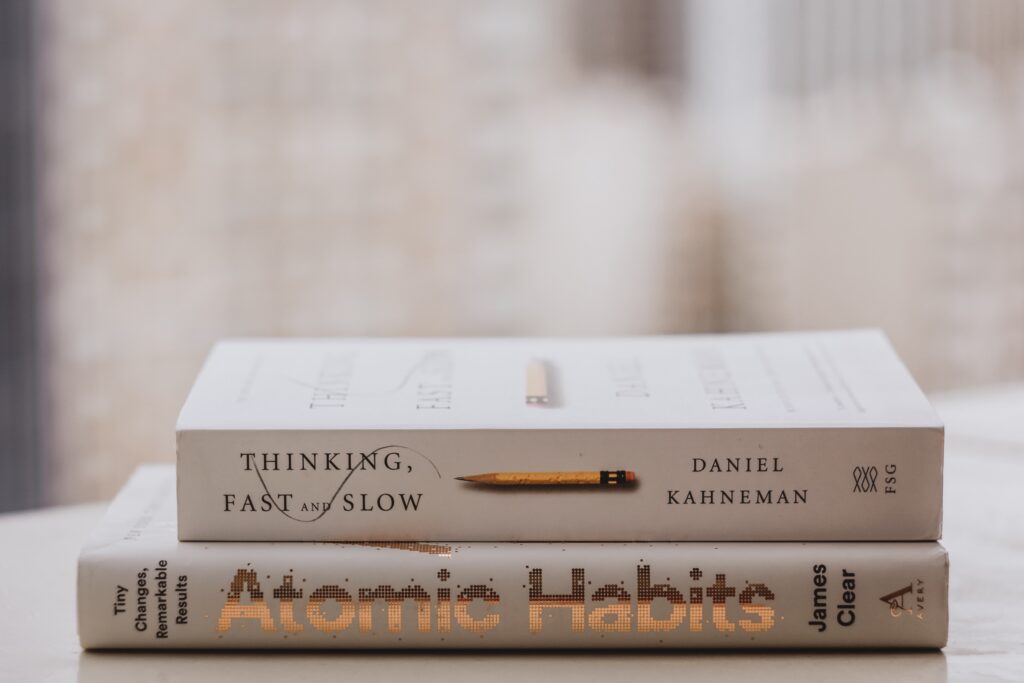
Activation Energy
4/27/2023
I am fairly sure we have all experienced that feeling of not having enough energy to begin a task, much less accomplish it. That’s the activation energy barrier, and today we’ll learn a whole lot more about it.
The Activation Energy Barrier
In last week’s blog we explored the benefits of taking small steps that lead to gradual, continuous improvement, but getting started on this path – however small the changes – can sometimes prove difficult.
I am fairly sure we have all experienced that feeling of not having enough energy to begin a task, much less accomplish it. That’s the activation energy barrier, and today we’ll learn a whole lot more about it.
In chemistry and physics, activation energy is the amount of energy needed to begin a reaction or a process. In our daily lives it represents the amount of motivation required to initiate a task or start a new habit.
The amount of activation energy needed for each task varies depending on several factors, including the difficulty of the task, time constraints and our individual levels of motivation and discipline.
The more energy we can activate, the more likely we are to succeed in accomplishing our goals, creating and sustaining desirable habits and outcomes and in general living a more meaningful and fulfilling life.
There is another approach, whereby rather than seeking increased energy – which is not always easy to achieve – we can try to lessen the amount of energy needed to perform a task. This ties back to the Kaizen philosophy we explored on our last blog which relies on taking smaller steps rather than more sizeable, effortful ones.

Mindfulness and Activation Energy
Let us explore the concept of activation energy from a mindful perspective.
There has been some research on activation energy as it applies to behavior. This research proposes that behavior change requires a certain level of activation energy, or effort, to overcome the inertia of existing habits and to initiate new behaviors.
For example, every morning as I lay in bed, before getting up for my early exercise session, I need to get past the activation energy barrier. This is the barrier that keeps me from exercising.
When we practice mindfulness, we promote non-judgmental awareness of the present moment. This elevated awareness aids in recognizing patterns that contribute to strong activation energy barriers.
Acknowledging these barriers helps in dissipating resistance or ambiguity towards change. It can actually increase our openness to innovative ideas and elevate our curiosity.
Mindfulness practices can be powerful catalysts in breaking an activation energy barrier. Meditation, visualization, breathing exercises, gratitude practices and prayer can make the process of starting and sustaining new habits easier and more enjoyable.
When we stay in the present moment, we can reduce fear and the overwhelming feeling we may experience when attempting significant changes. The self-awareness that mindfulness cultivates is also essential in understanding triggers that prevent behavioral changes.
We can also use catalysts to lower the activation energy barrier. Just like in a chemical process, a catalyst can speed up a reaction. Similarly, we can use support systems to act as catalysts to overcome energy barriers.
While you can be your own catalyst by practicing mindfulness, you can also seek resources and support systems that provide guidance and encouragement every step of the way.
The BEE ME Project can help you become more mindful and, by extension, increase your overall energy while reducing your activation energy barriers and establish habits and patterns of behavior that promote living your most authentic life.

Harnessing the Power of Activation Energy
Here are some ways you can reduce activation energy barriers to improve the likelihood that you will change a pattern or habit:
- Prioritize. Assign importance or relevance to your desired tasks or habits. Start working on what really matters to you.
- Reduce the size of the task. A smaller change requires significantly less energy.
- Create a routine. Setting a time and place to perform specific tasks will make it easier to create momentum and sustain change.
- Utilize a trigger. Set an alarm or select a song to get you started.
- Seek accountability. Look for someone who can track your progress. This can help with focus and motivation.
Aligning Goals and Habits
One of the issues that may be preventing us from increasing our ability to start new, more positive habits is a misalignment of goals and habits.
The first and most important step is to identify your goals. This in itself can prove a challenging and overwhelming task but one that you can tackle by breaking it down into manageable chunks.
Try not to think of big goals first but the smaller, more immediate ones. For example, you may be seeking to improve your overall health but you can break that down into two distinctive goals: fitness and nutrition.
Once you have identified your goals then you can set habits that tackle small, gradual changes. You can start by walking 20 minutes a day or including more vegetables in your meals. You can then increase this to 30 minutes a day or reduce the number of processed foods you consume daily.
By focusing on your most immediate goals and establishing small and manageable habits you will lower the activation energy required to start, which will increase your motivation and momentum.
Turning Habits into Virtues
Awareness, presence and intentional practice can turn our habits into virtues. We can accomplish this by taking simple steps:
Identify the habit and align it to a specific goal. You may have a habit of procrastinating, so be really honest with yourself and name it. Then commit yourself to being more diligent in general.
Evaluate the habit and its impact on your life and the lives of those around you. Understand the effects your procrastination has in your life.
Set intentions. Commit to changing your habits into virtues. Commit to being diligent about specific tasks. Start small until you can establish a routine.
Practice virtue. Commit to continuously practice the habit you have turned into a positive behavior. Once you have developed a routine for one task you used to procrastinate doing, it will become easier to apply diligence to all other tasks.
Evaluate progress. Evaluate your progress and enlist the feedback of others. Congratulate yourself for your successes and celebrate them.
Repeat the process. Once you have been successful in turning one habit into a virtue, repeat the process with other habits.
Turning habits into virtues requires commitment, motivation and effort. It also takes time and perseverance – but it’s well worth the effort!
The Power of Momentum
Once we start a task, momentum begins to build. Here again, inertia comes into play: what is already in motion tends to stay in motion.
It is easier to keep going than to get started. The more we do, the more energy we generate and this is why it is important to take advantage of the power of momentum.
There are a few simple techniques that will help you gain momentum in changing your habits.
Set timers. You have already broken your activation barrier and have started exercising, for example. Set a timer for 20 minutes to motivate you to complete your task. Once the timer goes off you may decide to continue or to take a break. If you keep going – that’s momentum.
Set schedules. Dedicate specific times to establish a routine. Predictability builds momentum reducing mishaps or external challenges. You may have more time to exercise in the morning. Reducing distractions will let you garner momentum and elevate your motivation.
Celebrate the reward. Get back to the reasons you started this new habit. The desire to be fitter, more energetic and healthier. Savour the feelings and sensations that arise from practicing your habit.
Keep going. Begin other habits that gradually accomplish your goals. When you have formed the exercising habit, you may want to move on to other tasks, participating in sports or races.
Momentum not only helps us to reduce activation energy barriers but it can help to build self-efficacy, which is our belief in our ability to be able to perform a task in the first place. Basically, our ability to believe in our follow-through.
Self-efficacy can be developed through practicing habits successfully and achieving momentum. The belief in our abilities can then play a key role in reducing activation energy barriers.
When we are more confident, we are more likely to start and maintain new behaviors.

Team Effort and Activation Energy
As you may have realized by now, we can all tap into this mental model, extracted from the scientific world, to get us started on what changing what matters most to us.
By understanding the concept of activation energy, we can develop various strategies to increase our motivation and momentum. Whether we do it ourselves or seek external catalysts, overcoming the activation energy barrier can propel us forward towards achieving our goals and improving our lives and the lives of those around us.
Let us be your catalyst as you embark on setting empowering habits because, as we have seen, support can significantly increase your chances of success.